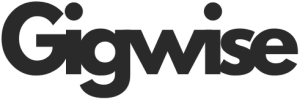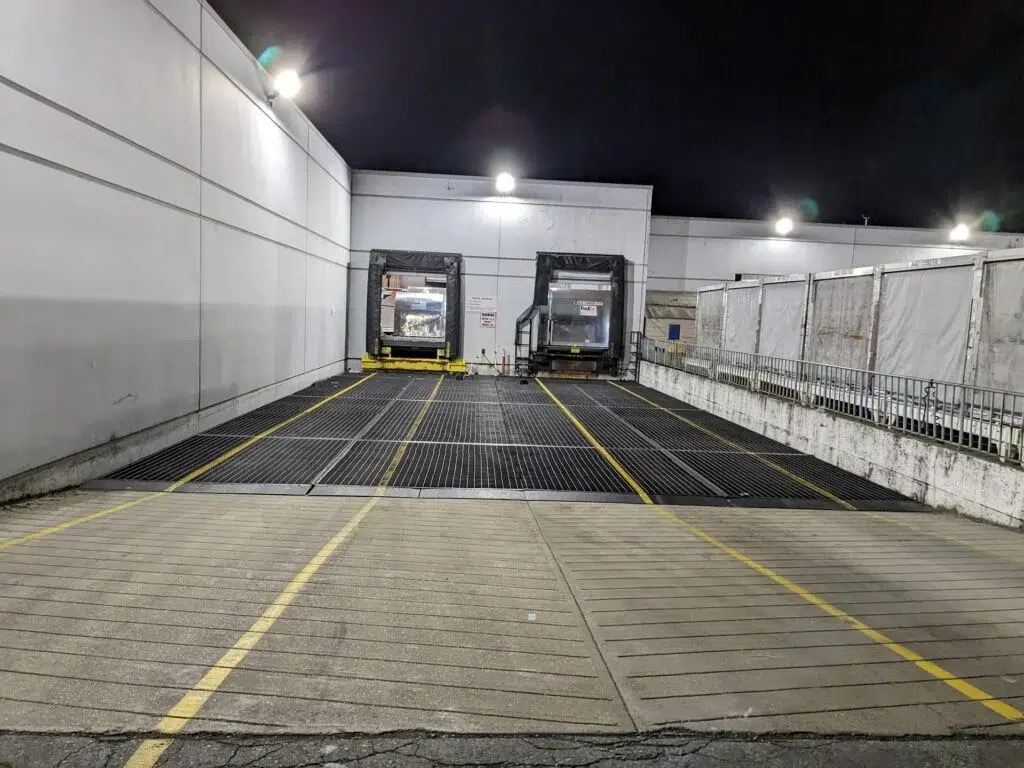The transformations brought by the digital age are driving fundamental changes in education. Just as pin up casino revolutionizes the entertainment industry with its innovative experiences, e-learning platforms are reshaping how we access knowledge. These platforms offer students flexible time management, personalized content, and global learning opportunities, while also pushing traditional education models to evolve. However, this transition presents both significant opportunities and challenges.
The Global Rise of E-Learning
In recent years, the use of e-learning platforms has increased noticeably. The pandemic accelerated this growth, making remote education a necessity. Today, millions of students worldwide continue their studies via online courses and digital tools.
Key reasons for their popularity include:
- Flexibility in time and place, allowing students to learn on their own schedule
- Lower costs, making education more accessible compared to traditional models
- Access to global expertise and top instructors
- Scalability, enabling quality education for thousands simultaneously
These advantages are expected to expand the reach of e-learning and accelerate digital transformation in education. AI-powered personalized learning models will allow students to access content tailored to their interests and pace. Virtual classrooms and interactive tools will further enhance engagement and learning effectiveness. As digital technologies evolve, e-learning platforms will become integral to the education system, promoting more equal access to knowledge.
Technology’s Contributions to E-Learning
Artificial intelligence, virtual reality, and adaptive learning systems continuously enhance the e-learning experience. AI-based systems analyze student strengths and weaknesses to provide tailored learning paths — for example, offering extra exercises or videos when a student struggles with math.
VR provides immersive experiences for lab work, historical exploration, or language learning. Medical students can perform virtual surgeries, while language learners can practice in simulated environments.
Transformation in Traditional Education
The rapid spread of e-learning is pushing traditional institutions to adopt new methods and adapt to the digital age. Universities are restructuring their curricula to meet students’ changing needs. This transition makes learning more accessible and customized, while also requiring instructors to update their teaching approaches.
Benefits of blended learning:
- More flexible learning experience for students
- Maintains classroom interaction while integrating digital tools
- Allows educators to track student progress more effectively
- Expands opportunities for individual and group work
Yet this shift also brings challenges. Educators accustomed to traditional methods may need additional support in adapting to technology. Infrastructure and high-quality digital content are critical for successful blended learning models. Educational institutions must plan comprehensively to manage this transformation sustainably.
Pros and Cons of E-Learning
E-learning platforms are reshaping education, making access to knowledge easier and more flexible. Key benefits include:
- Lifelong learning opportunities
- Flexible options for career development
- Improved access for people with disabilities
- Immediate feedback mechanisms to support learning
However, limitations remain — such as difficulties in developing hands-on skills, lack of social interaction reducing motivation, and infrastructure gaps in some regions. To overcome these barriers, education providers and tech developers need to create more interactive and inclusive digital learning solutions.
The Future of E-Learning and Traditional Education
In the future, e-learning and traditional education will likely coexist in complementary ways. AI-driven personalized systems will better meet students’ individual needs. Blockchain will ensure secure verification of credentials.
Meanwhile, the social and practical benefits of traditional education will remain important. The ideal approach will be hybrid models combining the strengths of both systems.
These changes will lead to a more balanced and efficient educational system. Hybrid learning will allow students to access theory online while gaining hands-on experience in classrooms. Learning processes will become more flexible and tailored to individual needs.
AI and big data will enable deeper understanding of learning styles and optimization of educational content. As remote education expands globally, improving standards will require new policies and investments. A more holistic approach will be needed to adapt to ever-evolving technologies and deliver the best learning experiences.
Conclusion: Finding the Balance
E-learning platforms democratize education while pushing traditional institutions toward transformation. Just like how Pin Up casino led a digital shift in entertainment, e-learning platforms are driving a major change in education.
But it’s important to remember that education is not only about knowledge transfer — it’s also a process of social and emotional development. The education model of the future must balance technological innovation with human values. When this balance is achieved, e-learning and traditional education can together create a more effective and inclusive ecosystem.











